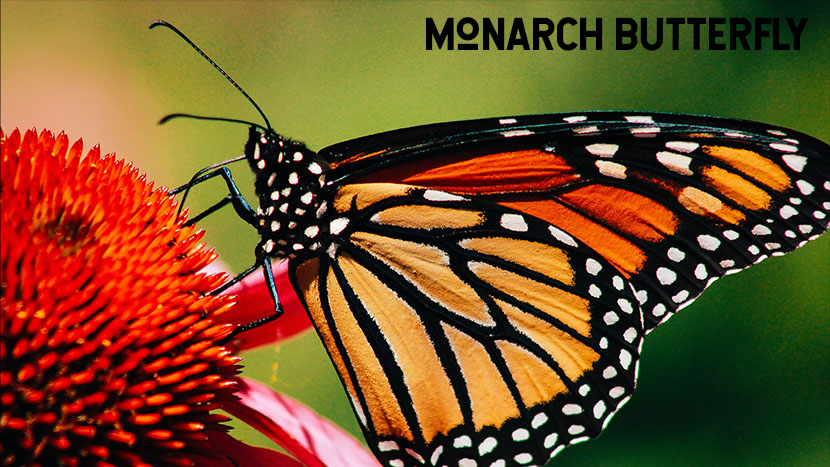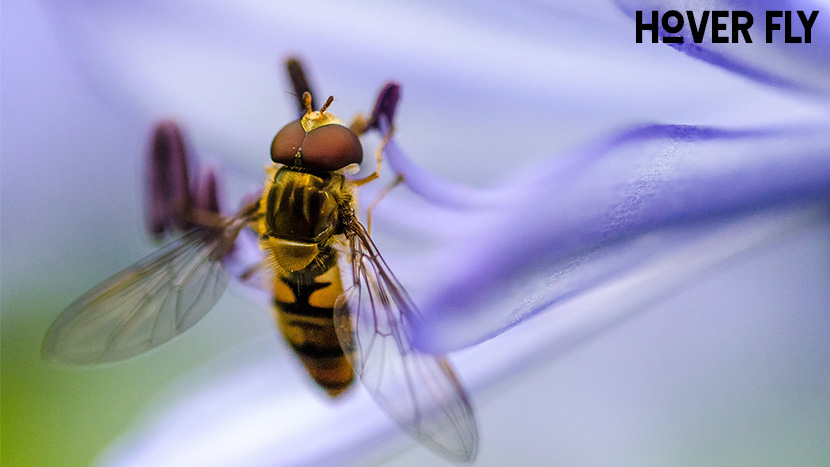31 Dec Batesian Mimicry, Müllerian Mimicry and Aposematism
Batesian Mimicry, Müllerian mimicry and Aposematism
This article discusses “Daily current affairs for UPSC” about ‘Batesian Mimicry and Aposematism’ news about Environment and ecology. In GS-3 and the following content has relevance for UPSC.
For prelims: Species in news,
For mains: GS-3, about Batesian Mimicry and Aposematism
Why in news:
Researchers from the National Centre for Biological Sciences (NCBS) have unlocked the mysteries of a five-year study that reveals how butterflies evolved to warn off, trick, and elude their predators utilizing attributes like wing color patterns and even flight behavior.
About Aposematism
- While many species utilize group defense, camouflage, or habits (such as being nocturnal) to fend off predators, some have developed a courageous and audacious tactic: be poisonous and make sure everyone knows it. This is known as
- The term “aposematism” refers to toxic animals, including reptiles, amphibians, and insects, that have vivid color that serves as a warning signal to potential predators.
- A bird might attempt to eat a brilliant yellow butterfly, like a Monarch, only to realize how awful it tastes and decide to avoid any butterflies with similar coloring in the future.
The intriguing part is that some species have evolved to have comparable aposematic patterns and colors, which means that once a predator learns not to eat one of them, it won’t eat any of them. This defense mechanism is known as Müllerian mimicry, and it acts as a united front against predation.
- Eat any of them. This defense mechanism is known as Müllerian mimicry, and it acts as a united front against predation.

Müllerian Mimicry
Batesian Mimicry
- The term “Batesian mimicry” refers to the practice of mimics, or tricksters, who use these similar colors to their advantage but don’t create any harmful chemicals. Even though they don’t produce any toxins themselves, a few cunning individuals have found a way to profit from the vivid warning signs employed by aposematic animals.

Batesian Mimicry
Here are a few examples of Batesian Mimicry:
- The Coral Snake and the False Coral Snake (here)
- Hoverflies (Syrphidae) mimic bees and hornets
- Hornets with varying aggression
- Various other Arthropods, like Hawk Moth (Sphingidae) caterpillars resemble snakes.
- Müllerian mimicry is the sharing of a similar pattern or coloration by two (or more) toxic or unappealing (poor-tasting) animals. The concept is that the similarity in appearance between these two creatures creates a mutually beneficial relationship for both of them.
- Müllerian mimicry is the sharing of similar coloring and/or pattern by two (or more) toxic or unpalatable (poor-tasting) animals. The concept is that these two creatures have a mutually advantageous connection because of their similar appearances.
Examples of Müllerian mimicry
- Butterflies are a common and well-studied example
- The famous Heliconius butterflies
- Monarchs and Viceroy butterflies
- Bees, wasps, and other hymenopterans
- Beetles, like the net-winged beetles
- Frogs, like Peruvian Poison frogs
Why is imitating harmful animals advantageous
- Animals constantly try to avoid being eaten, but producing toxins can be energy-intensive. As a result, Batesian mimics, like Mullerian mimics, have learned to replicate the appearance of other; more deadly animals to assist them to avoid being eaten.
- The mimics don’t always seem identical to their toxic counterparts, but it’s unclear if this is simply because they look “near enough” to deceive predators or if there are additional trade-offs involved that make it too challenging for them to do so.
The key difference between them
- Batesian mimicry is when a non-poisonous species imitates the patterns or coloration of a toxic or unpalatable animal without actually creating any toxins themselves. Müllerian mimicry is when two poisonous or unpalatable animals have similar colors and patterns.
Source:
Daily Current Affairs for UPSC
Find the latest and updated daily Current affairs for UPSC Examination from Plutus IAS. It provides the best Current affairs for UPSC exam preparation. The aspirants read all ImportantCurrent Affairs free of cost.
Also, get weekly, and monthly current affairs for IAS exam preparation.
- Weekly Current Affairs
- Monthly Current Affairs



No Comments